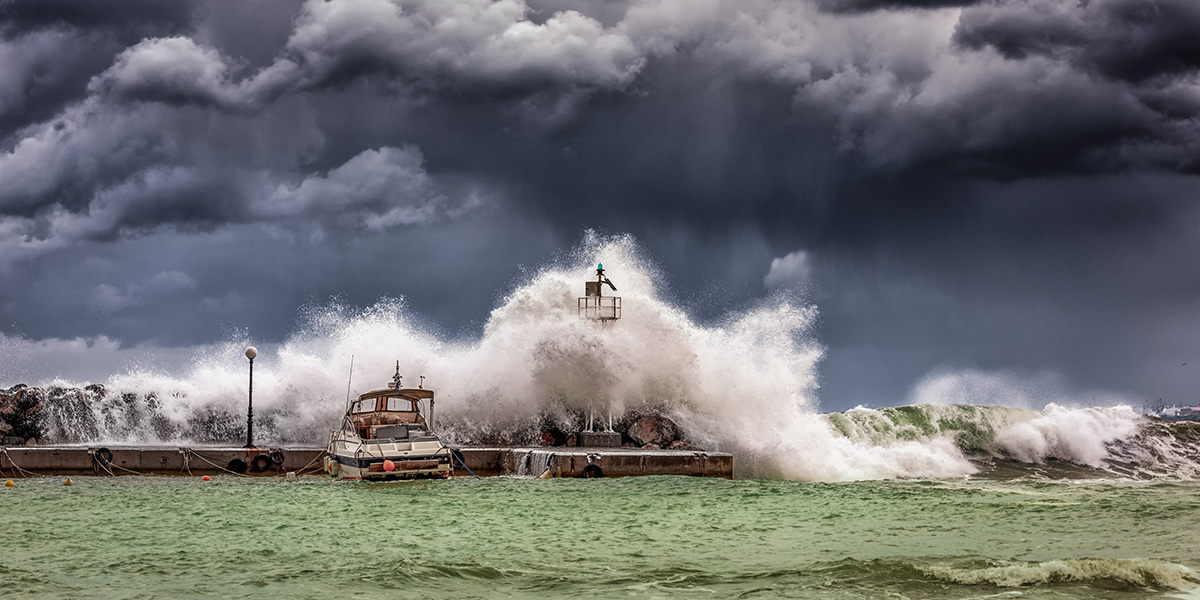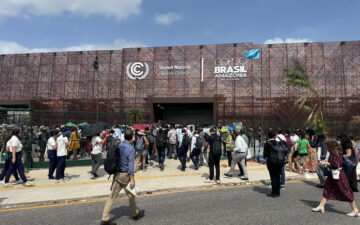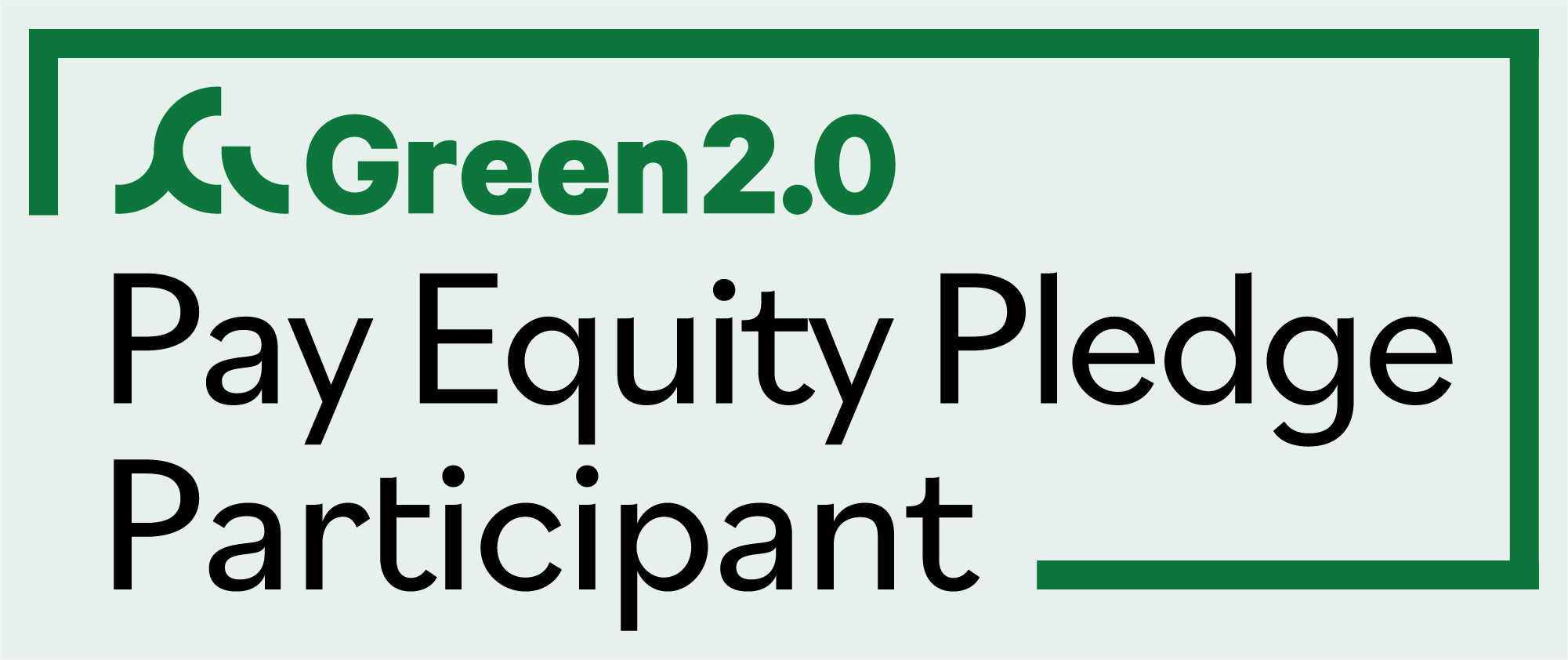The impending sea level rise is a pressing threat to low-lying coastal communities. Worldwide, over 20 million people live in low-level areas susceptible to present and predicted sea level rise (Nicholls, 2010). In addition, 200 million people are located in areas at risk of flooding from extreme weather events (Nicholls, 2010). In the United States, the predicted sea level rise could threaten 9% of the land within 180 US coastal cities by 2100 (University of Arizona, 2011). According to the 2014 IPCC Synthesis Report, it is predicted that sea level rise of some degree is “very likely” in more than 95% of the ocean areas (IPCC, 2014). In the worst-case scenario emissions estimates, the average sea level rise will be around 61cm-1.1m by 2100 (IPCC, 2014). Even if worse case emissions do not occur, sea levels rising as little as 10 cm could have devastating effects on coastal communities, particularly in low income regions and BIPOC communities. Coastal regions are in danger of high-tide flooding, extreme weather events, increased water pollution, habitat loss, shoreline erosion, increased soil salinity, and loss of beach area. Coastal populations will be forced to migrate away from the receding coastlines, abandoning their residence, if precautionary measures are not put in place.
In the United States and around the globe, coastal communities and policy makers are creating climate adaptation plans to mitigate expected sea level rise. The adaptation plans often include a series of implemented changes that generally fall under categories of “gray” or “green” infrastructure. “Gray” infrastructure is harder, human-engineered coastal structures including flood walls, floodgates, pipes, dams, etc. Conversely, “green” infrastructure refers to conserving natural ecosystem functions for flood prevention, including mangrove forests, dunes, and reef systems. Coastal cities vulnerable to flooding and extreme weather events may choose to use either gray infrastructure, green infrastructure, or a combination of the two approaches.
Green infrastructure and living shorelines are able to take advantage of the natural ecosystem services to protect coastal communities, homes, and businesses from sea level rise induced flooding, while requiring low levels of maintenance and upkeep costs. It can be 2 to 5 times cheaper to restore coastal wetlands than to construct artificial flood barriers (Cook, 2020). Alongside the low construction and maintenance cost, the coastal community can also reap the additional ecosystem services including marine and terrestrial habitat availability, water filtration, carbon sequestration, and community recreation. Although nature-based solutions offer clear benefits, they still are unpopular for policy makers. Internationally, of the 167 determined contributions under the Paris agreement, only 70 included nature-based solutions and the majority of those were in low income countries. There is a lack of awareness of the value of nature-based solutions among communities and local governments. Successful embedded nature-based models should be highlighted as examples to learn from and be used to increase green infrastructure education.
Even though many adaptation plans are failing to give consideration to nature-based solutions, some coastal communities are realizing the benefits and can serve as examples. In Northern Java, Indonesia, 30 million people suffer from coastal flooding and erosion. The instances of flooding have been exacerbated by the destruction of the local mangrove forests. A diverse group of stakeholders are working together in Demak, Java on a project known as “Building with Nature” to restore 12 miles of shoreline mangrove forests to protect the coastal communities from flooding (Building with Nature in Indonesia, 2020). Through the mangrove restoration project, they are successfully strengthening their living shoreline ecosystems whilst protecting their communities from flooding.
Mangroves in particular provide valuable natural capital for the marine ecosystems and local communities. The median cost of mangrove restoration is about $0.01 USD per square foot, far less than artificial infrastructure (Cook, 2020). The Global Commission on Adaptation found that the net benefits of protecting mangrove forests, globally, amount to $1 trillion USD by 2030 (Global Commission on Adaptation, 2019). Mangrove forests increase marine biodiversity, and consequently increases in area offshore fisheries catch from an average of 40 pounds to 271 pounds per hour (Hussain, 2010). In tandem, mangroves as coastal habitat store 14% of carbon sequestration from the global ocean (Alongi, 2012). Mangroves as living shorelines are able to tackle much more than flood gates, flood walls, or other artificial infrastructure.
In tandem to mangroves, other types of living shorelines are being used for erosion control. Natural living shorelines include locational specific native vegetation like marsh grasses, sea grasses, dunes, and reef systems. Restoring the natural shorelines helps the coastal ecosystem stabilize and maintain biological functions while protecting against extreme weather events and flooding. Some living shorelines will make up a hybrid mix of green and grey infrastructure that incorporates natural vegetation with some harder infrastructure like rock sills, anchored wood, concrete or steel steps. Innovative hybrid designs can capitalize on the best aspects of built and natural infrastructure to create a co-beneficial coastal protection system. For instance, in 2013, The Nature Conservancy performed a cost benefit analysis on 5.6km of hybrid oyster reefs system installed in the Gulf of Mexico. The Nature Conservancy found a variety of ecosystem benefits in their cost-benefit analysis: reductions on the height and energy of the largest waves, more than 6,900 pounds of additional catch per year, removal of 1,888 kilograms of nitrogen per year, and it was estimated that benefits greatly exceeded the cost of restoration and installment with $4.28 million in year 34 of the project (The Nature Conservancy, 2013). Hybrid techniques allow communities to take advantage of the natural ecosystem benefits while accessing greater confidence levels than natural approaches alone.
While evaluating climate adaptation plans, it is particularly important to recognize and highlight the cross-sectionalism between sea-level rise and racial justice. Communities of BIPOC are disproportionately affected by climate change including sea-level rise, flooding, and extreme coastal weather events. While all populations are affected by climate change, many BIPOC and low-income communities do not have the resources to handle or prevent environmental disruptions. In a 2019 report by the National Academies of Sciences, Engineering, and Medicine, it was published that urban flooding does affect a wide range of demographics, but is most harmful to minorities and low-income residents as they are more likely to live in areas subjected to higher flood risk while simultaneously given lower priority and less flood protection (National Academies of Sciences, Engineering and Medicine, 2019). Hurricane Katrina is a prime example of the environmental injustices. The 2005 Louisiana Hurricane disproportionately affected black communities. Results from a poll conducted by the American Red Cross illustrated that Race was an even bigger factor of explaining hurricane destruction effects than Income levels (Moore, 2005). Whether gray or green infrastructure is used, coastal BIPOC communities must be prioritized in the creation of climate adaptation plans.
As sea levels continue to rise, governments and policy makers will face difficult decisions to protect shorelines and at-risk communities. Every region will have to make choices based on their locational and independent situations. Green infrastructure may not be able to be used in isolation, but by using a situationally dependent mix of artificial and natural mitigation techniques, with a prioritization of green infrastructure, sea level rise can be more successfully managed.
works cited
Alongi, D. M. (2012). Carbon sequestration in mangrove forests. Carbon management, 3(3), 313-322.
Building with Nature Indonesia. (2020, February 11). Wetlands International. Retrieved from https://www.wetlands.org/casestudy/building-with-nature-indonesia/
Cook, Jonathan. (2020, May 21). 3 Steps to Scaling Up Nature-Based Solutions for Climate Adaptation. World Resources Institute. Retrieved from https://www.wri.org/blog/2020/05/3- steps-scaling-nature-based-solutions-climate-adaptation
Global Commission on Adaptation. (2019, September 13). Adapt Now: A Global Call for Leadership on Climate Resilience. Retrieved from https://cdn.gca.org/assets/2019-09/GlobalCommission_Report_FINAL.pdf
Hussain, S.A., Badola, R. (2010). Valuing mangrove benefits: contribution of mangrove forests to local livelihoods in Bhitarkanika Conservation Area, East Coast of India. Wetlands Ecol Manage 18, 321–331. Retrieved from https://doi.org/10.1007/s11273-009-9173-3
Intergovernmental Panel on Climate Change. (2014). Climate Change 2013: The Physical Science Basis: Working Group Contribution to the Fifth assessment report of the Intergovernmental Panel on Climate Change. Cambridge University Press.
Moore, David. (2005, October 25). Katrina Hurt Blacks and Poor Victims Most. Gallup. Retrieved from https://news.gallup.com/poll/19405/Katrina-Hurt-Blacks-Poor-Victims-Most.aspx
National Academies of Sciences, Engineering, and Medicine. (2019). Framing the challenge of urban flooding in the United States. National Academies Press.
Nicholls, R. J., & Cazenave, A. (2010). Sea-level rise and its impact on coastal zones. Science, 328(5985), 1517-1520. Retrieved from https://www.nature.org/content/dam/tnc/nature/en/documents/the-case-for-green-infrastructure.pdf
NOAA. (n.d.). Living Shorelines. Retrieved from https://www.habitatblueprint.noaa.gov/living-shorelines/
The Nature Conservancy, Dow Chemical, Swiss Re, Shell, Unilever. (2013). The Case For Green Infrastructure. The Nature Conservancy.
University of Arizona. (2011, February 15). Rising seas will affect major US coastal cities by 2100, new research finds. ScienceDaily. Retrieved from www.sciencedaily.com/releases/2011/02/110215081742.htm






